Interview with Author Gabriella Aldeman
This post may contain affiliate links.
My author friend and critique partner, Gabriela Aldeman, debuts her first picture book on July 11, 2023! I’m excited to share a recent interview about her book, activities to do after reading, her bilingual parenting, and more.
MELISSA: Hi, Gaby. Thanks for doing this interview with me today! Please tell Imagination Soup readers more about your new book, Paula’s Patches.
GABY: My debut picture book, Paula’s Patches, illustrated by Rocio Arreola and published by Free Spirit Publishing, is about a girl whose pants rip on her way to school. She tries everything to hide the hole from her classmates, only to find out that they, too, have leaky lunchboxes, spaghetti stains, and hand-me-down backpacks. Nothing some colorful patches can’t fix! Paula’s Patches can be used as a starting point for discussions of consumerism, throwaway culture, and fast fashion.
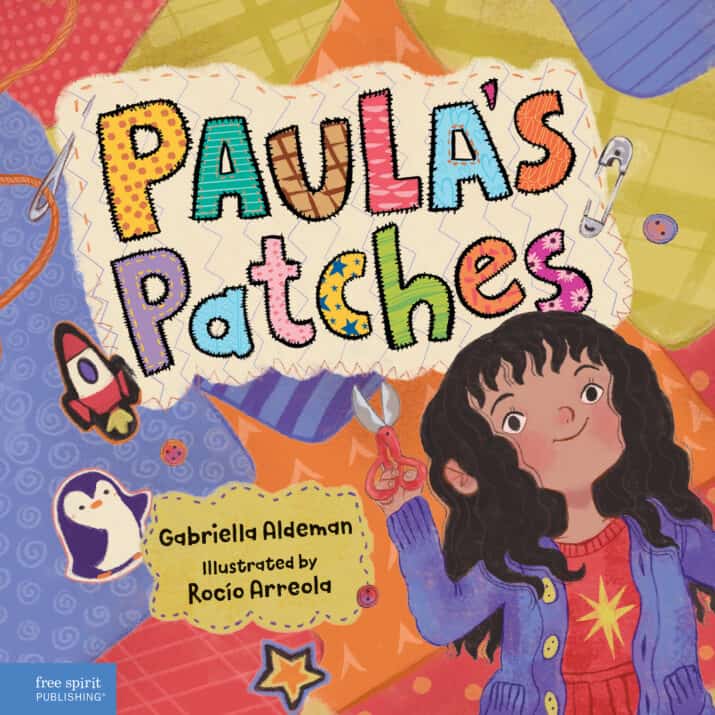
Paula’s Patches is an important story for me because my daughter’s pants used to tear all the time. This resulted in big feelings, mostly from me. I wanted to create a character that would overcome feeling embarrassed in order to share her ideas with friends and classmates.
MELISSA: What do you hope readers take away after reading?
GABY: I want kids to get excited about mending and celebrate the power of creative thinking—I even included craft activities in the back matter. More than anything, however, I want readers to know that no matter the source of their embarrassment, they are not alone. And if they see a friend or classmate feeling low, it’s always a good idea to ask if they’re okay. Their friend may not be ready to share what’s bothering them, but someone reaching out may be the encouragement they need to feel better or come up with their own creative solutions.
MELISSA: How can adults extend the lessons or topics of the story?
GABY: I believe Paula’s Patches is a good starting point to explore the fear of ridicule or embarrassment, as well as the power of feeling supported. After reading Paula’s Patches, some good follow-up questions would be:
- What would you do if a classmate is feeling low? How do you think that would make them feel?
- How would Paula have felt if her classmates had made fun of her instead of trying to help? Would she have come up with her own creative solution? Would she have felt confident enough to share with her classmates?
- Think of a creative solution you have come up with. Have you felt comfortable sharing it with your parents? Friends? Strangers? Would you feel comfortable sharing with someone that has teased you in the past?
Paula’s Patches is also a great book to pair with sewing lessons, crafts, upcycling projects, and to talk about the merits of mending versus buying new.
MELISSA: I know you’re raising bilingual kids – do you have any words of wisdom for parents who are doing the same thing?
GABY: I was born and raised in Panama, and my husband was born and raised in Iowa. We live in Virginia, and we are raising our son and daughter to learn Spanish and to be proud of their Panamanian heritage. We travel to Panama twice a year, and they adore their cousins, the food, and Spanish pop music. Aside from immersion, I think the key is to keep it fun and not forced and to take every opportunity to show them how cool it is to know another language. My daughter is currently taking art lessons via Zoom with a Nicaraguan cartoonist. She loves her classes, and we love that they are in Spanish. My son has had a tougher time with the language, but he is the first to tell you that his favorite food is from Panama, and some of his favorite songs are in Spanish. At this point, we are playing the long game. They may not be fully bilingual and bicultural, but hopefully, they’ll always be proud of their heritage and know enough Spanish to keep traveling and singing.
MELISSA: When your youngest was learning to read, you noticed he wasn’t being taught to read. Talk a bit about what you and your husband did to help.
GABY: Our daughter, who is the oldest, learned to read first in Spanish and then in English. When she was in kindergarten and she would stumble, I would tell her, “Sound it out, like in Spanish” and she kept on using that technique until she mastered fluency. My son didn’t learn to read in Spanish, and we quickly realized that, when he stumbled, he would look up at the ceiling or scrunch his face up in thought. When we asked him to please keep his eyes on the page, he explained to us that he had never seen that word before so he was using “first letter power” and “guessing power.” Oftentimes, his guesses were wrong. For a while, we just hoped it would get better and trusted the teachers. But when COVID hit, we took it upon ourselves to teach him how to read. He was a bit hesitant to lose his “powers,” and it was a struggle at first. But he is now a proud reader that sounds out big unknown words and asks questions like, “What does “assiduous” mean?” Thank you, Dav Pilkey.
My husband, who is an assiduous researcher, took this experience a step further. He decided to create a program to help parents teach their budding readers to sound out words. He called it Read Not Guess. And it’s still going strong! In fact, anyone can sign up to receive free, 5-to-10-minute lessons via email.
THANKS, GABY! Readers, here’s the scoop on Gaby’s new picture book! Please show her some love by buying her book and/or or sharing this interview on social media.
About PAULA’S PATCHES
Problem-solver Paula patches her pants—and encourages her class to be resourceful, mend, and reuse.
While at school, Paula’s pants catch on a bush that rips a large hole in her pants. She tries everything to hide the hole from her classmates, only to find out that they, too, have leaky lunchboxes, spaghetti stains, and hand-me-down backpacks. Nothing some colorful patches can’t fix! Children will follow Paula as she feels embarrassed about her torn pants, curious about patches, and excited for a possible solution that helps both her and her classmates.
Paula’s Patches can be used as a starting point for discussions of consumerism, throwaway culture, and fast fashion. At the back of the book, a section provides activities for children, including how to make their own patches, bookmarks, and no-sew fabric pouches.
Newsletter Book Giveaway
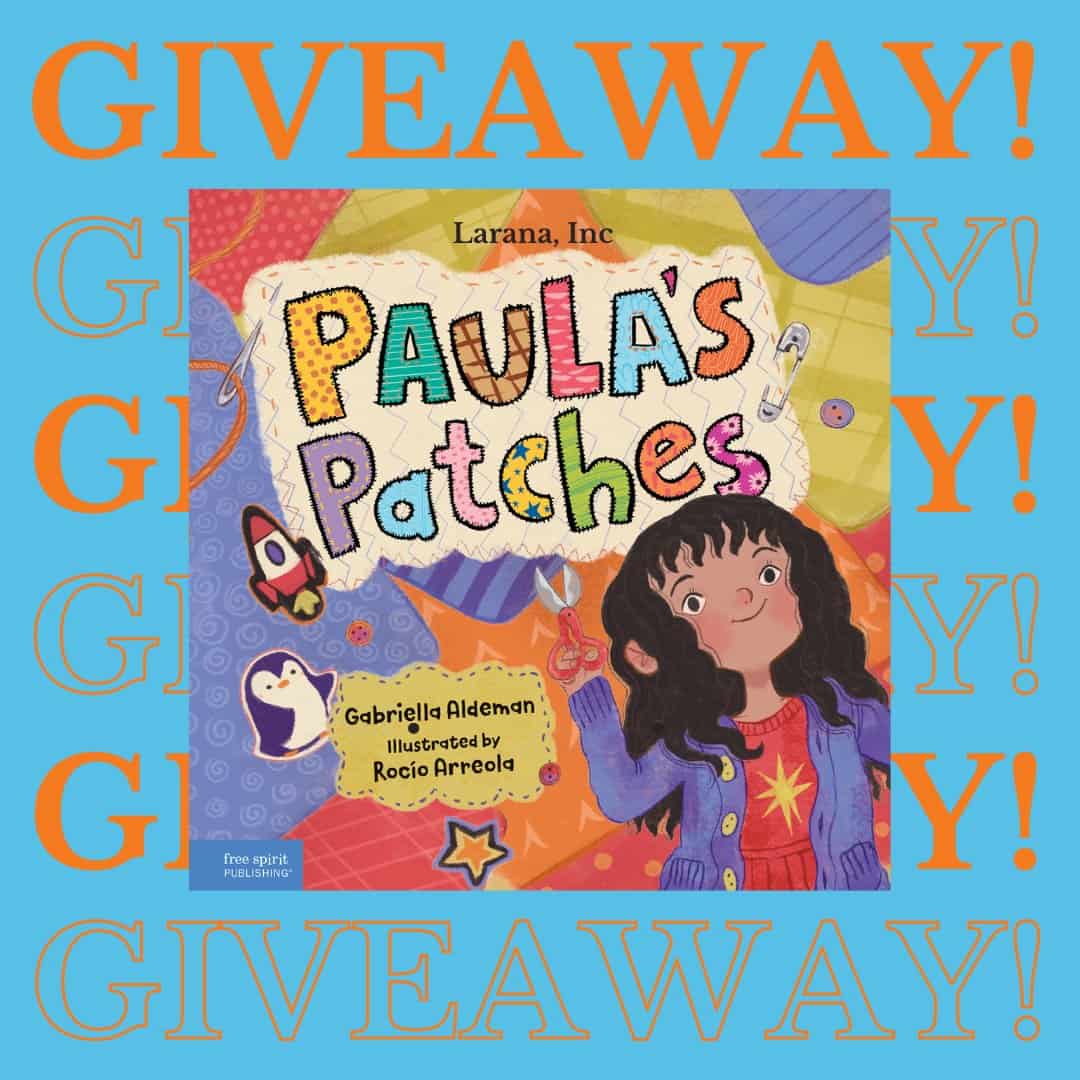
Gaby and I are offering a Paula’s Patches giveaway in the 7/11/23 email newsletter. If you’re a newsletter subscriber, look for the chance to win Paula’s Patches! If you’re not a subscriber, go here to sign up.
About Gabriella Aldeman

Gabriella Aldeman is a Panamanian American author. She writes picture books in hopes that more children become readers and that all readers feel seen. She is also a professional translator of academic resources and children’s books. Gabriella holds degrees from Georgetown University and the College of William and Mary. Her books include Paula’s Patches (Free Spirit, 2023) and Squawk of Spanish (Charlesbridge, 2024). She lives in Fairfax, Virginia, with her husband and two children. Please visit her at www.writebetween.com or @write_between on Twitter or Instagram.
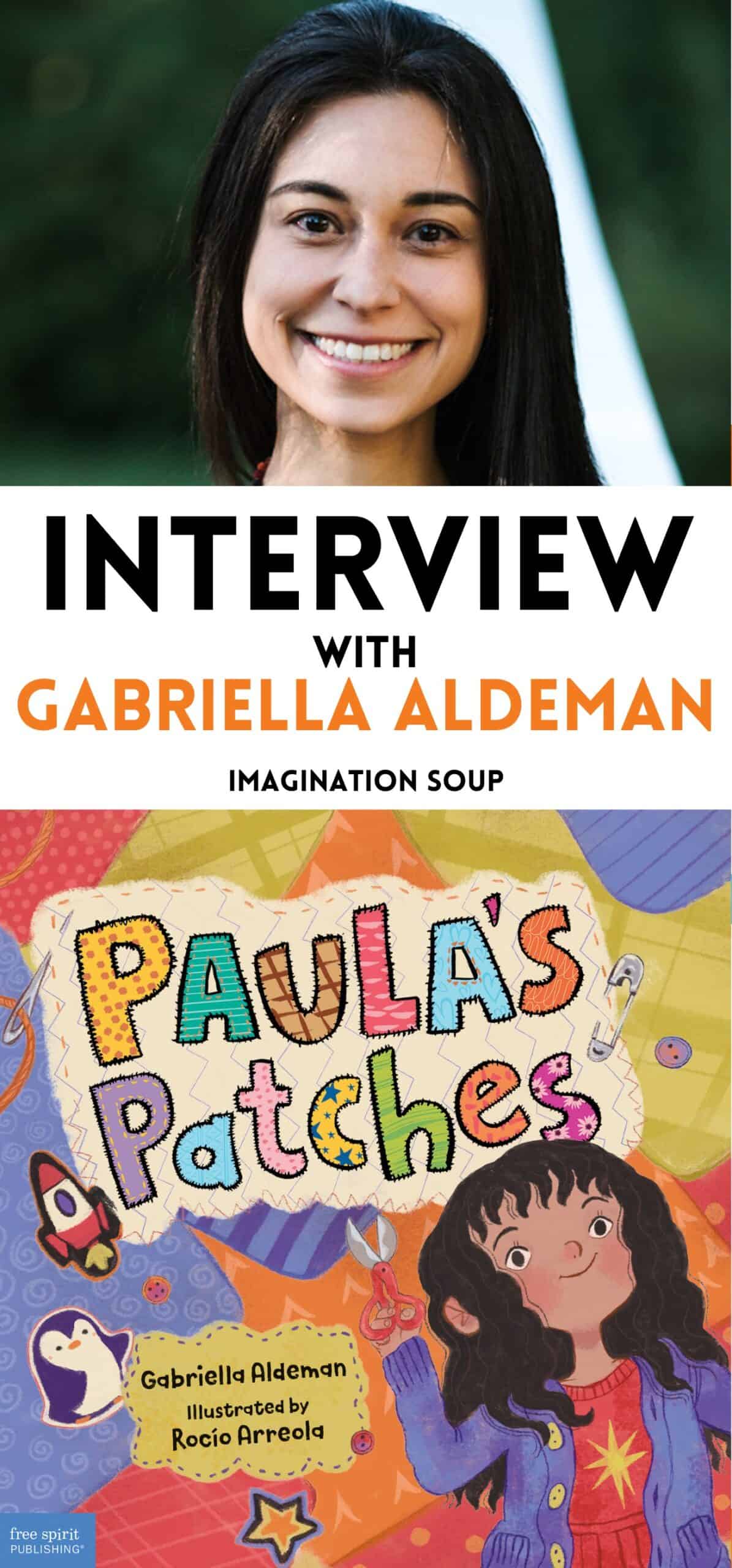
KEEP READING

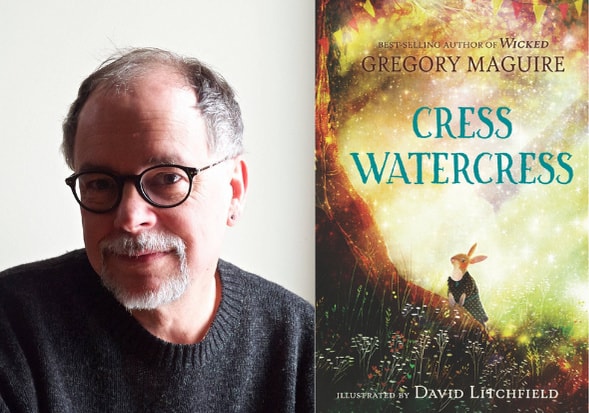
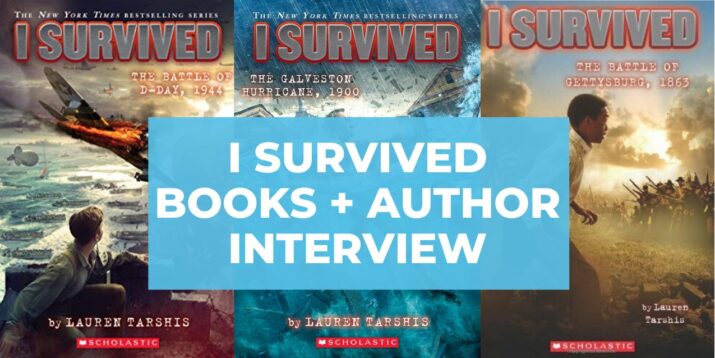

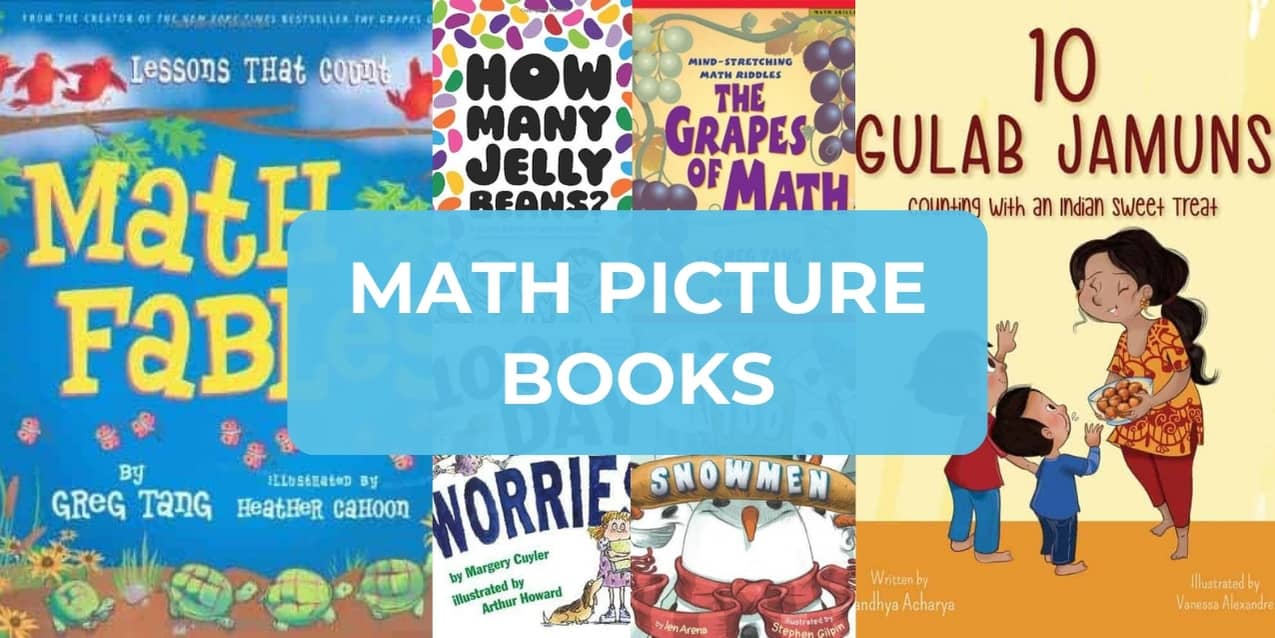
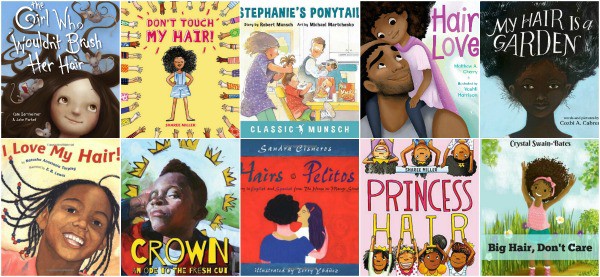
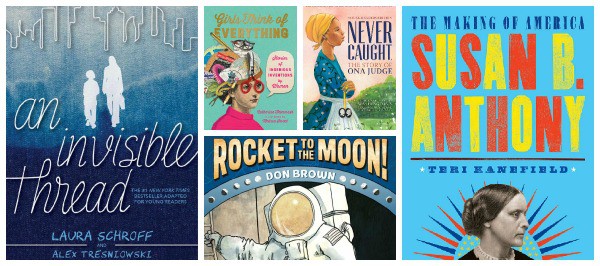
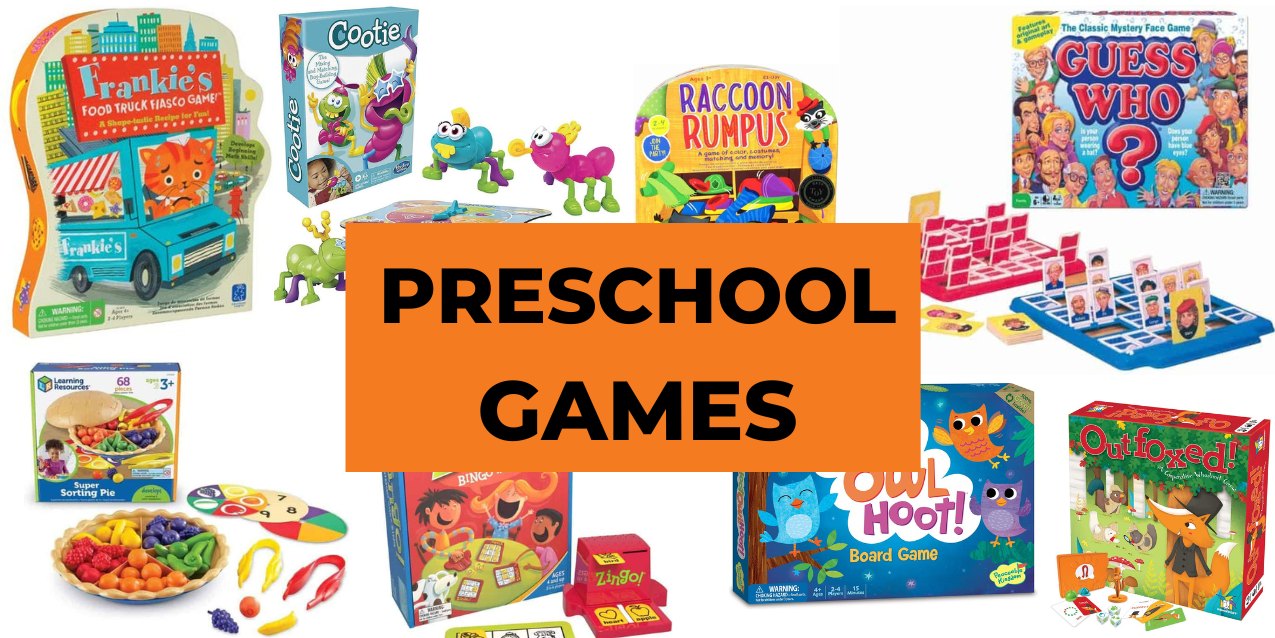
Great interview! I love how PAULA’S PATCHES can foster discussions about “consumerism, throwaway culture, and fast fashion” while also promoting kindness and empathy.
Thanks, Jill!